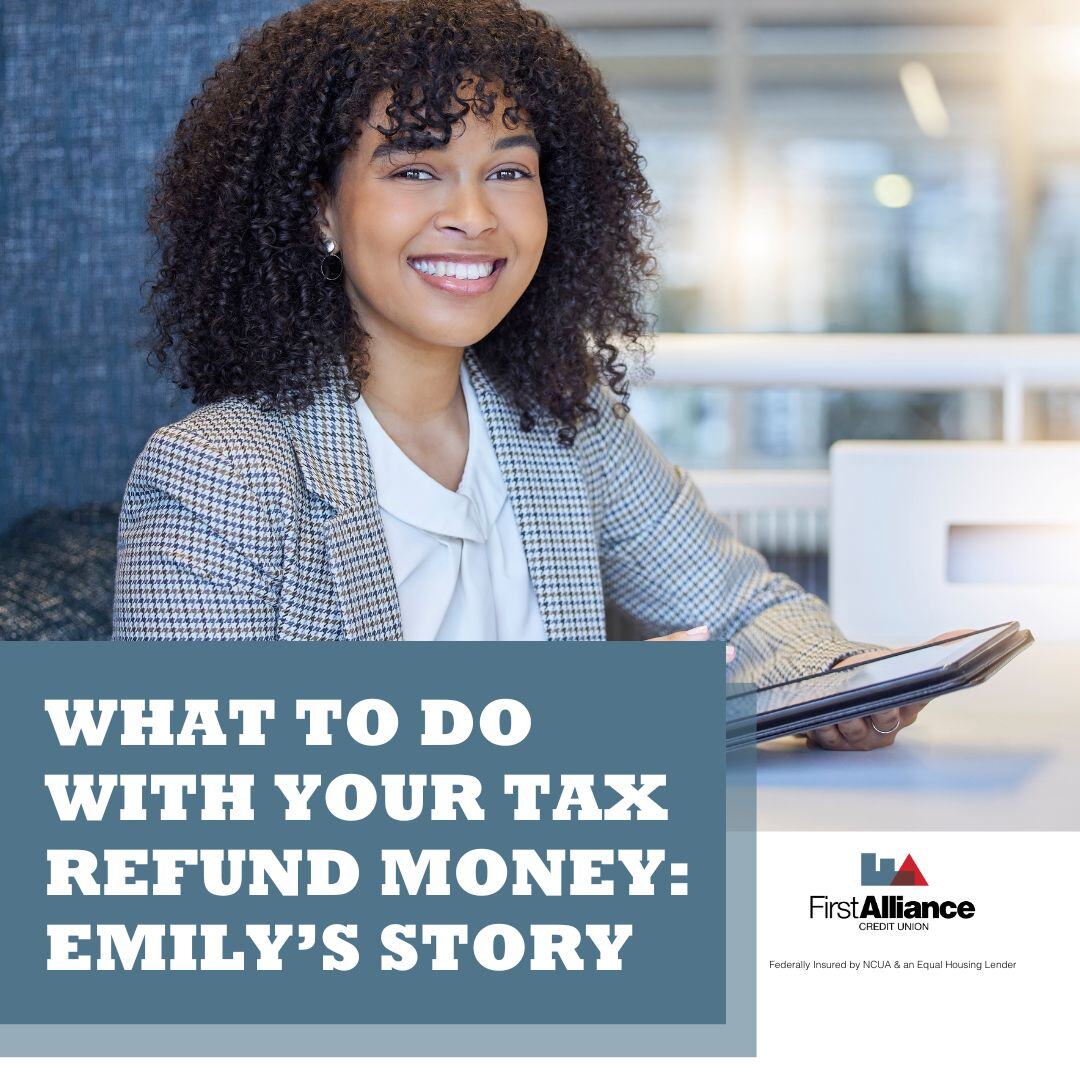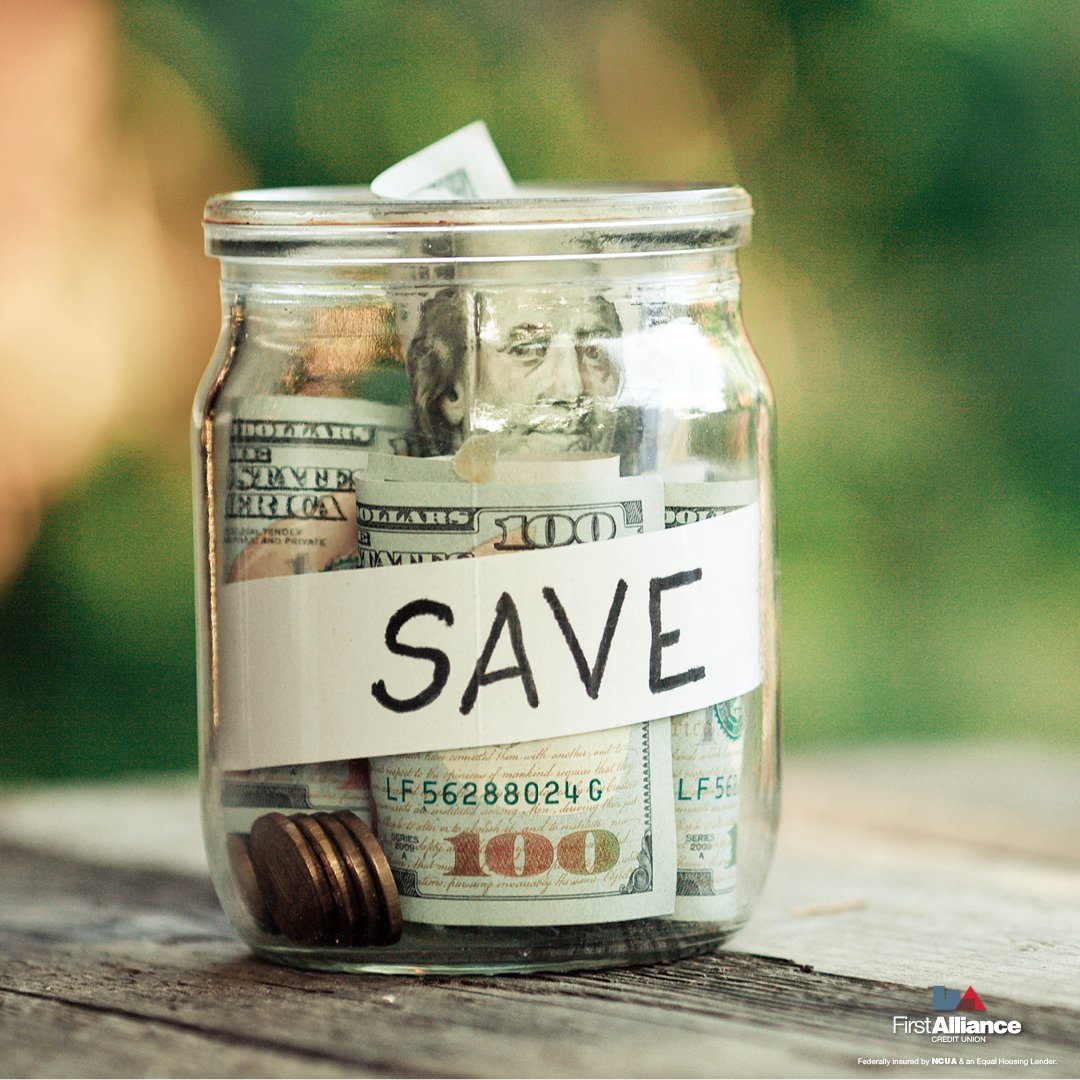How to Stop Living Paycheck to Paycheck
Prema has a beautiful family, two energetic kids, Kay and Milly, and a hardworking husband. Her husband’s new job will pay more after training, so...
4 min read
 Kamel LoveJoy
:
Jun 10, 2025 5:00:00 AM
Kamel LoveJoy
:
Jun 10, 2025 5:00:00 AM

Saving money can feel like trying to hold water in your hands—especially when every paycheck is already spoken for and surprise expenses pop up like dandelions in June. Yet over and over we see everyday members in Southeast Minnesota carve out a real emergency cushion with surprisingly small moves. The secret isn’t agonizing spreadsheets or giving up everything you love; it’s building a handful of simple habits that run quietly in the background while you live your life. Below is the same playbook our coaches share at First Alliance Credit Union, written in plain language and tested in real households that juggle daycare drop‑offs, student loans, streaming subscriptions, and the occasional Friday‑night pizza.

Most people start by promising to “spend less,” but that’s like vowing to “eat healthy” without checking what’s in the fridge. The first, non‑negotiable step is printing—or downloading—last month’s statement and reading it line by line. Highlight the true must‑haves such as rent, utilities, and insurance in green, the nice‑to‑haves in yellow, and anything you didn’t even remember paying for in pink. It usually takes about 30 minutes and hurts a little, but it instantly turns vague anxiety into clear choices. Canceling even one forgotten subscription frees up money you can redirect before the next bill cycle; one member recently found $58 per month hiding in unused apps and a dusty gym membership. Data beats shame every time, and that fresh $58 is step one of your safety net.
Quick‑sort tips you can try right now (after you’ve read the full section above, of course):
Start with the smallest bank statement page—short tasks feel less intimidating.
Put a sticky note over each yellow or pink charge and ask, “Did this purchase bring me lasting joy?”
Set a calendar reminder for the same exercise next month; habits stick faster when they’re scheduled.
Once you’ve located some breathing room, move on to automation so your willpower never has to wrestle with your debit card. The easiest technique is diverting the first $20—or even $5 if things are tight—of every paycheck into a separate savings account the morning it clears. Because the transfer happens before you can mentally spend the funds, you never feel the pinch. Pair that with First Alliance CU’s Round Up Savings feature, which rounds each purchase to the next dollar and sweeps the spare change into savings. One member who doubted “spare change” could matter was shocked to see $13.72 appear in her account after a single pay period—money she would have forgotten existed. Tiny, invisible wins are the snowflakes that form an avalanche, and automation is the gravity that keeps them rolling downhill.

A vague “rainy‑day fund” rarely fires up the motivation you need to keep saving when cravings strike. That’s why we encourage members to open free Club Accounts inside online banking and rename them with vivid goals—Holiday Cheer, Back‑to‑School Boost, or Weekend Escape. Each Club Account releases funds on a date that lines up with the intended expense, so the money arrives right when you need it rather than tempting you in May for a December objective. Seeing the dollar figure climb beside a goal you actually care about transforms saving from punishment into anticipation. Even a single five‑dollar transfer starts to feel like a ticket to future happiness instead of cash evaporating from today’s fun.
Try this tonight: log in and open a new regular savings or Wincentive® account in under five minutes, rename it after your favorite upcoming event, and schedule a repeating $10 transfer. If you want a stress free saving method try our new Round Up Savings, you can save money every time your swipe your debit card! Just swing by any branch and we’ll set it up for you. Your future self will thank you when those dollars show up right on schedule—no credit‑card hangover required.
We’re all wired for quick wins, and a WINcentive® Savings account scratches that itch while quietly growing your balance. Every $25 you tuck away adds entries into Minnesota‑wide monthly, quarterly, and annual drawings—cash prizes that range from $100 all the way up to $5,000. Here’s the part we love to brag about: 360 First Alliance members saved a collective $570,691 in WINcentive accounts during 2024. One local saver even snagged the $5 K grand‑prize check!
The best part? Those dollars never leave your pocket. The account still earns regular dividends, and you can peek at your current entry total any time inside online banking for a quick motivational boost. Whether or not your name gets drawn this year, every deposit stays yours and keeps compounding—far from the impulse‑spend zone. That’s what we call a win‑win incentive.

You’ve probably heard of the 50‑30‑20 rule, but let’s ditch the spreadsheet dread and treat it like a pizza pie. Draw a circle on scrap paper; slice half for absolute needs (housing, food, transportation). Carve off about 30 % for wants (streaming, hobbies, eating out), and leave the final 20 % for future you—savings and debt pay‑down combined. Many people discover they’re sitting at 55‑30‑15 or even 60‑25‑15 the first time, and that’s okay. The point is to see the imbalance visually and brainstorm reasonable tweaks—switching grocery brands, packing leftovers twice a week, or pausing a boutique candle habit until the Holiday Cheer account is funded. When your “future” slice finally hits 20 %, mark the day and celebrate; you just gave yourself a raise that lasts forever.
A true emergency fund is meant to be used, not framed like a diploma. When a $400 car repair or $129 cracked phone screen blindsides you, tapping the fund is not a failure—it’s proof the system works. Cover as much of the bill as possible from savings, avoid high‑interest plastic for the rest, and immediately schedule slightly larger transfers (even $5 extra) until the cushion is back. Believe it or not, most members report rebuilding faster after the first withdrawal because they’ve already tasted the peace of mind that comes from having a buffer. Life will lob curveballs; a well‑funded emergency account lets you field them with a grin instead of a grimace.
Print last month’s statement and color‑code it tonight.
Automate a micro‑transfer next payday—$5, $10, or $20.
Open and name a Club or Wincentive® account in five online minutes.
Forgive every stumble and restart immediately. Progress, not perfection, builds wealth.
When you’re ready for a cheer squad that knows you by name, drop by any branch, or visit firstalliancecu.com. We’ll celebrate every deposit and brainstorm every next step—because good money moves aren’t about how much you earn; they’re about the intentional choices you make day after day. Let’s start stacking those small wins together.

Prema has a beautiful family, two energetic kids, Kay and Milly, and a hardworking husband. Her husband’s new job will pay more after training, so...

Meet Emily. She just finished her first full year of work and was excited to finally see the $1,500 tax refund in her bank account. Excited and a...

Every financial expert talks about the importance of saving money. A lot of them have also come up with innovative ways to save, not to mention what...